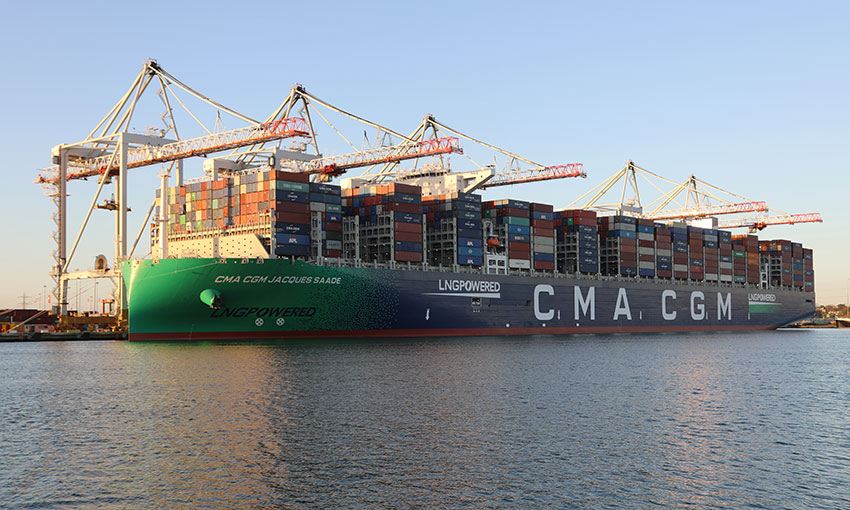CMA CGM, the world’s third-largest shipping line by TEU capacity, put in an order for 22 new ships with the Chinese shipbuilding giant CSSC Group.
The order includes six LNG-powered containerships with a capacity of 13,000 TEU, six LNG-powered containerships with a capacity of 15,000 TEU and 10 5500-TEU containerships that will be powered by VLSFO.
The vessels are expected to join CMA CGM’s fleet between 2023 and 2024.
The company said the order aims to accommodate market growth.
CMA CGM is the third-largest container shipping line by TEU capacity with 3 million TEU capacity in its fleet – that is 12.5% of the total global capacity, according to Alphaliner.
CMA CGM’s orderbook is currently 18.2% of its existing fleet. It has 44 ships on order, which have a capacity of 555,577 TEU – this means the average size of its on-order fleet is 12,600 TEU.
This most recent order from CMA CGM continues a trend of the bigger shipping lines ordering bigger ships, with one very significant exception.
The second-largest line, MSC, has 34 ships on order with a combined capacity of 635,888 TEU (16.2% of its extant TEU capacity). The average capacity of MSC’s on-order ships is 18,702 TEU.
And if we look at COSCO, it has 12 ships on order with a total capacity of 276,000 TEU; the average capacity of these ships is 23,000 TEU.
Hapag-Lloyd has only six ships on order, but with a total capacity of 141,600 TEU, the average size of those ships is 23,600 TEU.
The average capacity of ONE’s on-order ships is 17,700 TEU, and the average size of Evergreen’s is 9566 TEU.
The exception here is Maersk, the biggest shipping line by capacity (but not for long, as MSC is set to take the top spot soon).
Maersk’s orderbook is only 1% of its existing fleet when counted by TEU capacity. The company has 15 ships on order with a total TEU capacity of 39,388. This means the average capacity of the ships it has on order is a mere 2625 TEU.

